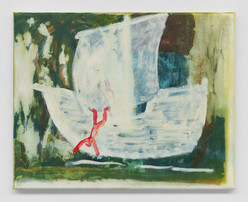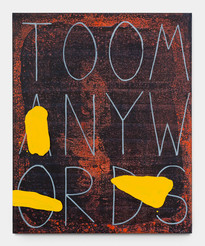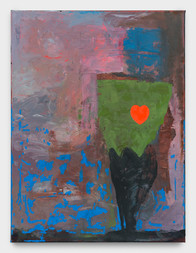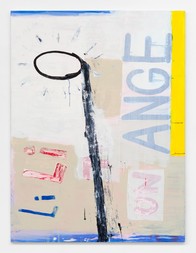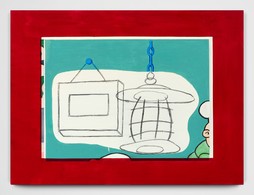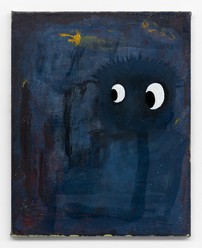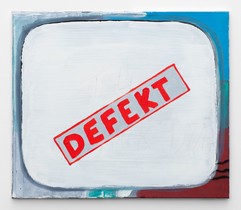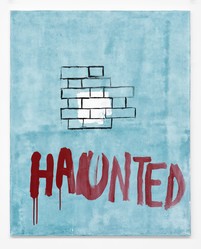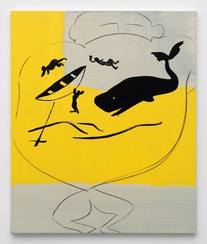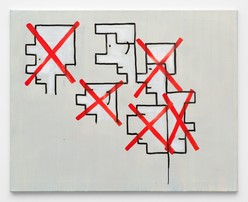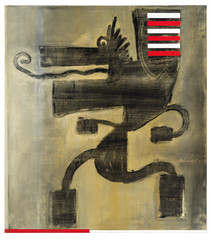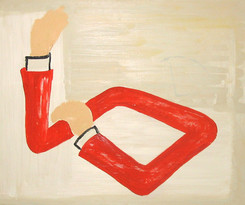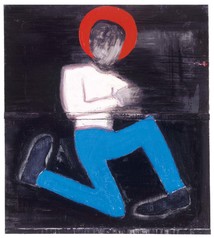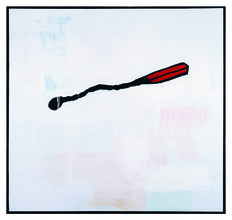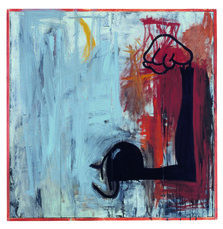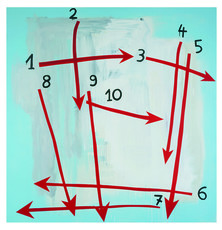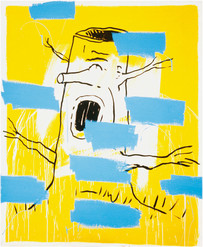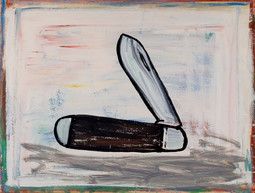Walter Swennen
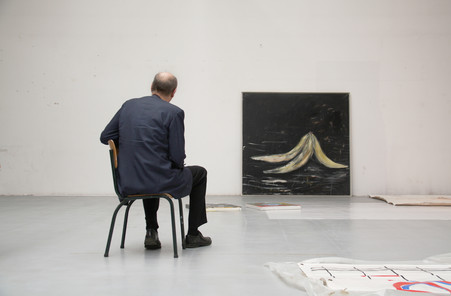
Biography
Walter Swennen is known for his radical, experiential and associative approach to painting, which is perhaps best summarised as a belief in the total autonomy of the artwork. For Swennen, a painting does not need to be ‘emotive’ or ‘understood’: the primary goal of painting is, quite simply, painting. Everything – form, colour, subject – comes from the outside. A poet before he became a painter, it is no coincidence that language plays a vital role in his practice. In the early 1980s, Swennen stopped writing poetry and switched to painting as his primary means of expression. Although his oeuvre varies greatly in scale, style and materials, it can be construed as an on-going exploration into the nature and problems of painting (its potential and limitations), the fundamental question of what to paint (subject matter), and how (technique). Often working on supports made from found objects, such as sheets of old plastic or salvaged wood, Swennen allows his chosen imagery to float loosely atop a background made up of more allusive elements, such as blocks of colour, dripped paint or unusual textures. The images he deploys are often derived from popular culture, advertising and magazines, or take the shape of everyday objects such as wine bottles or bicycles. The way that he handles motifs – he takes them as he finds them, high or low, and manipulates them at will – is akin to a kind of visual poetry that harks back to his early career as a writer. Freely associative, and above all humorous, Swennen’s paintings explore the relationship between symbols, legibility, meaning and pictorial treatment.
Walter Swennen (b. 1946, Brussels) lives and works in Brussels. A major retrospective will be held at Kunstmuseum Bonn in 2021, traveling to Gemeentemuseum Den Haag and Kunst Museum Winterthur. Solo exhibitions include La pittura farà da sé, La Triennale di Milano, Milan (2018); Ein perfektes Alibi, Kunstverein für die Rheinlande und Westfalen, Düsseldorf (2015); So Far So Good, WIELS, Brussels (2013-14); Continuer, Culturgest Lisbon (2013); Garibaldi Slept Here, Kunstverein Freiburg (2012) and How To Paint A Horse, Cultuurcentrum Strombeek and De Garage, Mechelen (2008).
Selected Images
Exhibitions
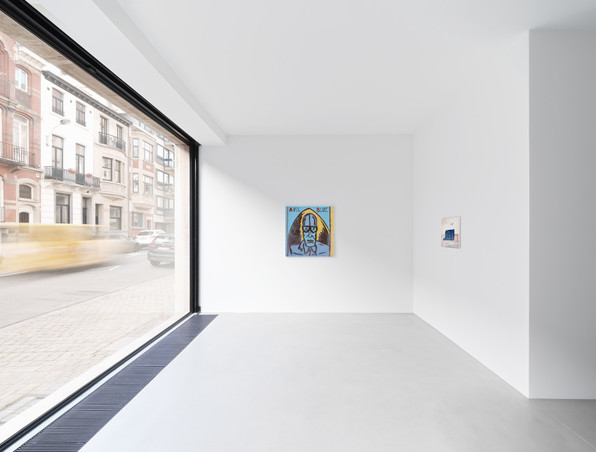
Walter Swennen: Parti chercher du white spirit
27 January—27 February 2021
44 rue Van Eyck | Van Eyckstraat

Walter Swennen: Un Cœur Pur
1 March—13 April 2019
6 rue St-Georges | St-Jorisstraat

Walter Swennen: HIC HAEC HOC
28 October—17 December 2016
6 rue St-Georges | St-Jorisstraat
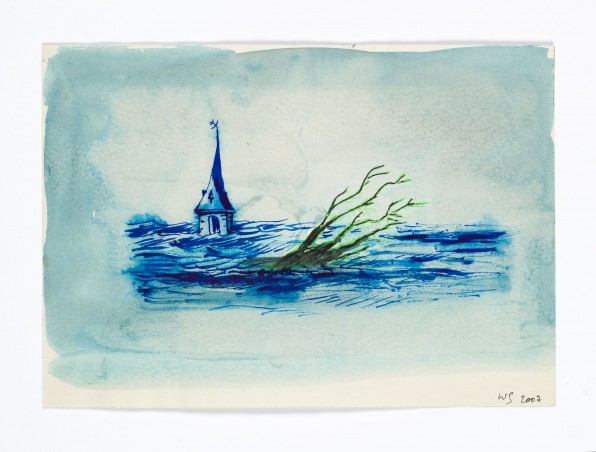
Walter Swennen: Works on Paper
13 November—20 December 2014
107 rue St-Georges | St-Jorisstraat
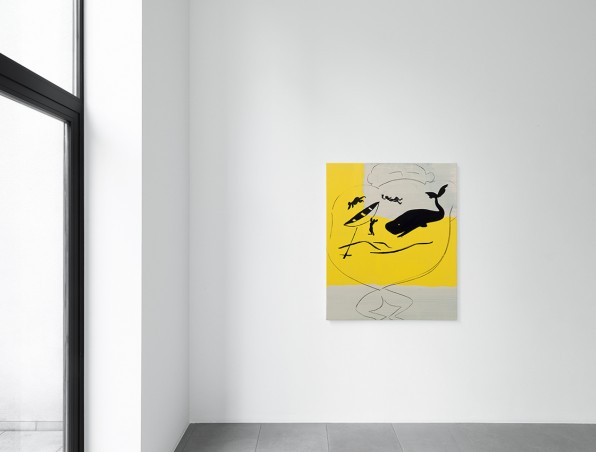
Walter Swennen
3 April—3 May 2014
6 rue St-Georges | St-Jorisstraat
Publications
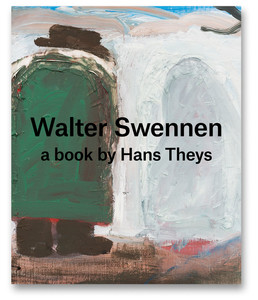
Walter Swennen
TOO MANY WORDS
essays by Hans Theys, includes additional correspondence, interviews, artist writings, and archival documents, published by Xavier Hufkens, 2021, 332 pages, English, Dutch, French
Order – € 50.00

Walter Swennen
Hic Haec Hoc
text by Hans Theys, published by Xavier Hufkens, 2016, 240 pages, English
Sold out

Walter Swennen
Ne Quid Nimis
text by Hans Theys, published by Zonder titel, 2016, 302 pages, French, Dutch
Order – € 35,00
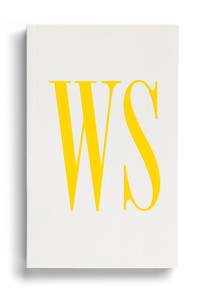
Walter Swennen
Works on Paper
text by Bart Verschaffel, published by Xavier Hufkens, 2015, 288 pages, English
Sold out
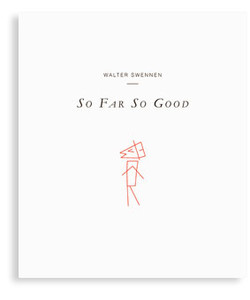
Walter Swennen
So Far So Good
edited by Raphaël Pirenne and Dirk Snauwaert, published by (SIC) and WIELS, 2013, 256 pages, English, French and Dutch
Sold out

Walter Swennen
PIF
text by Jan Florizoone, published by La Lettre Volée, 2004, 240 pages, English, French and Dutch
Sold out

